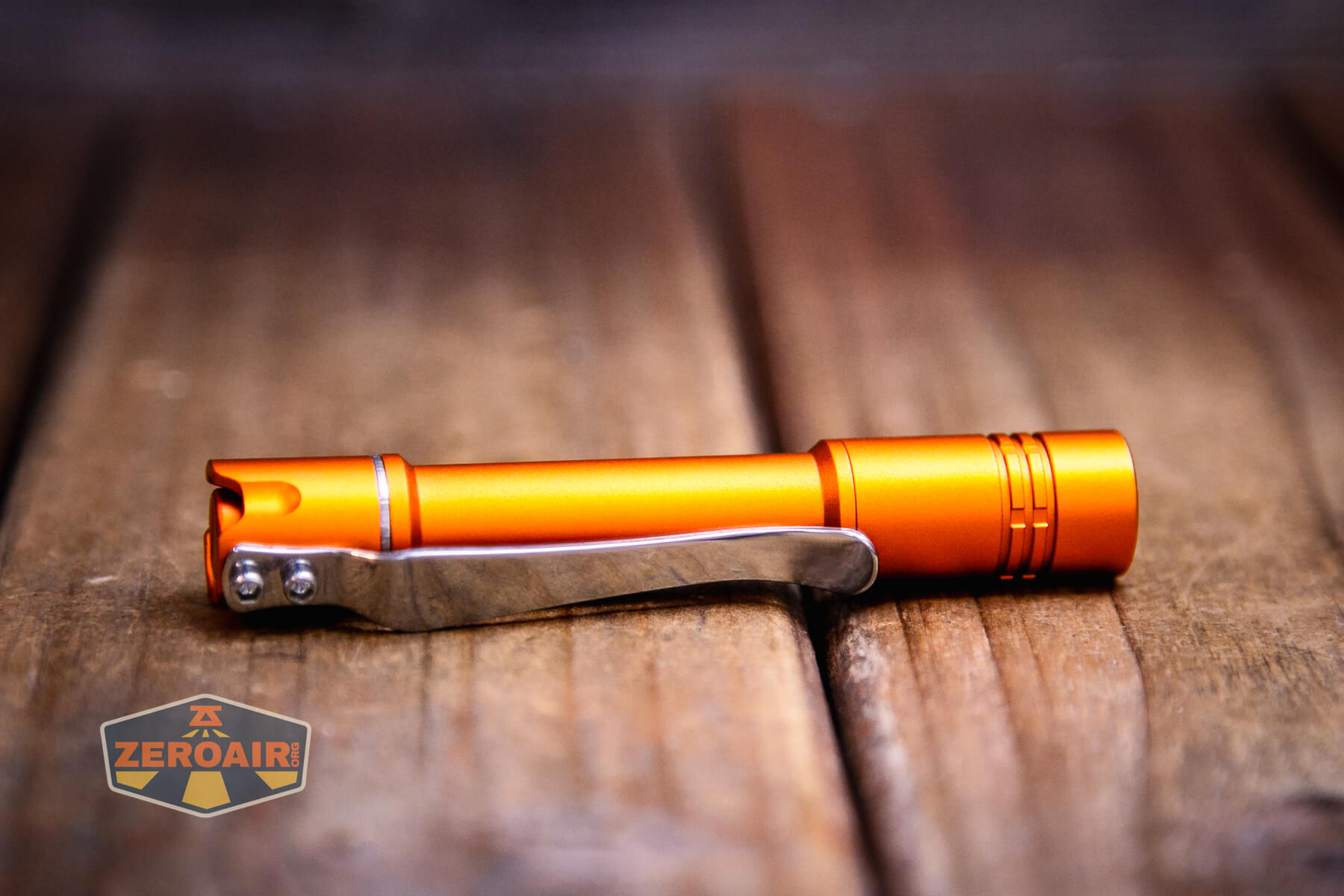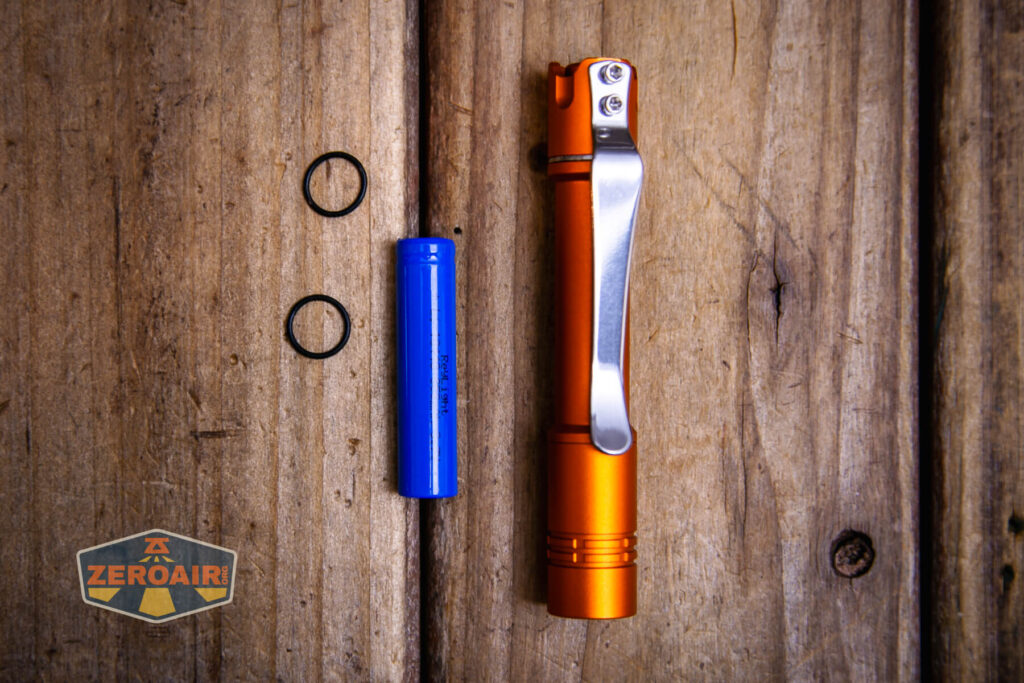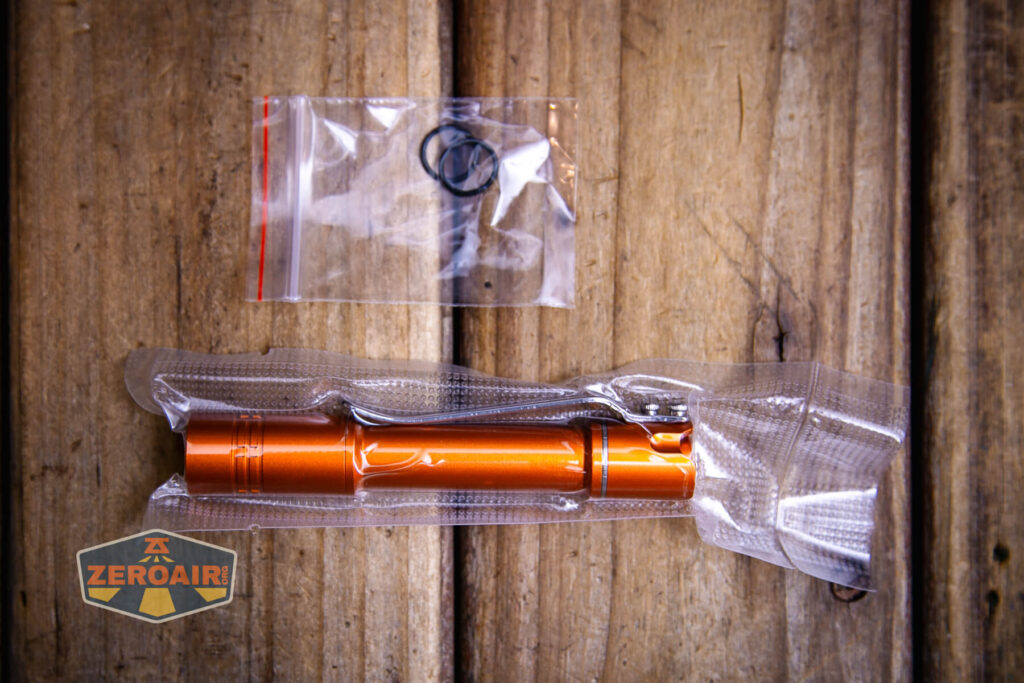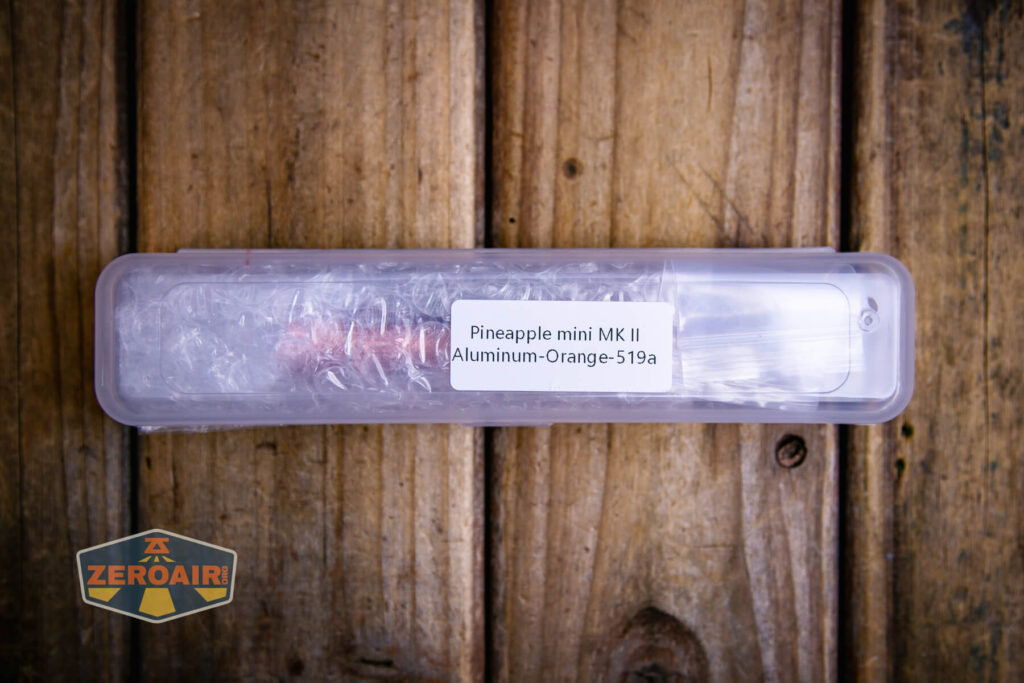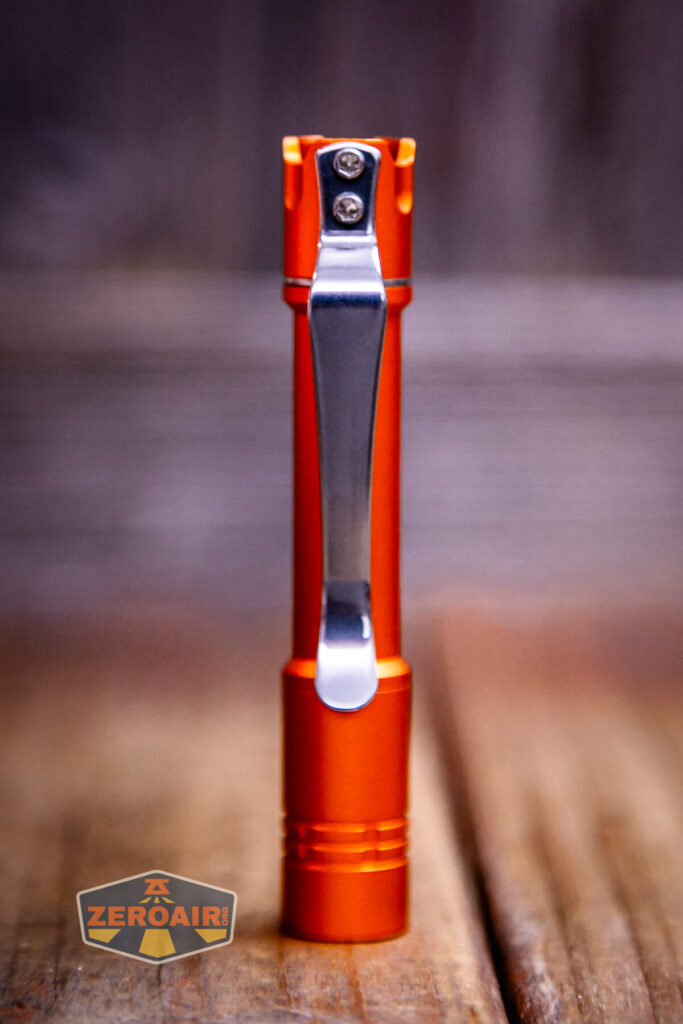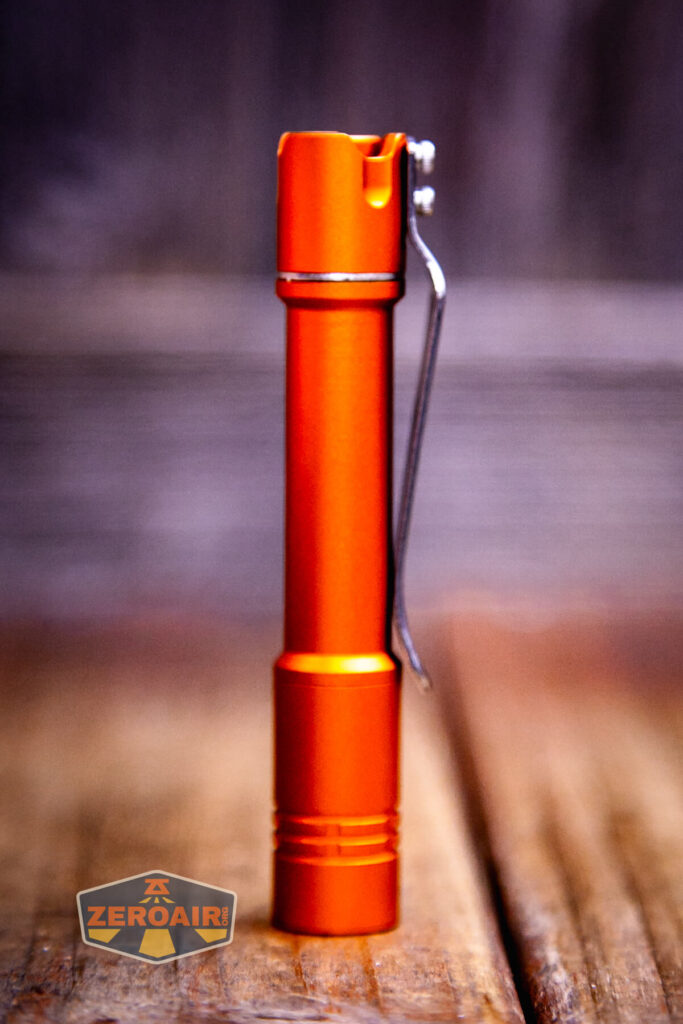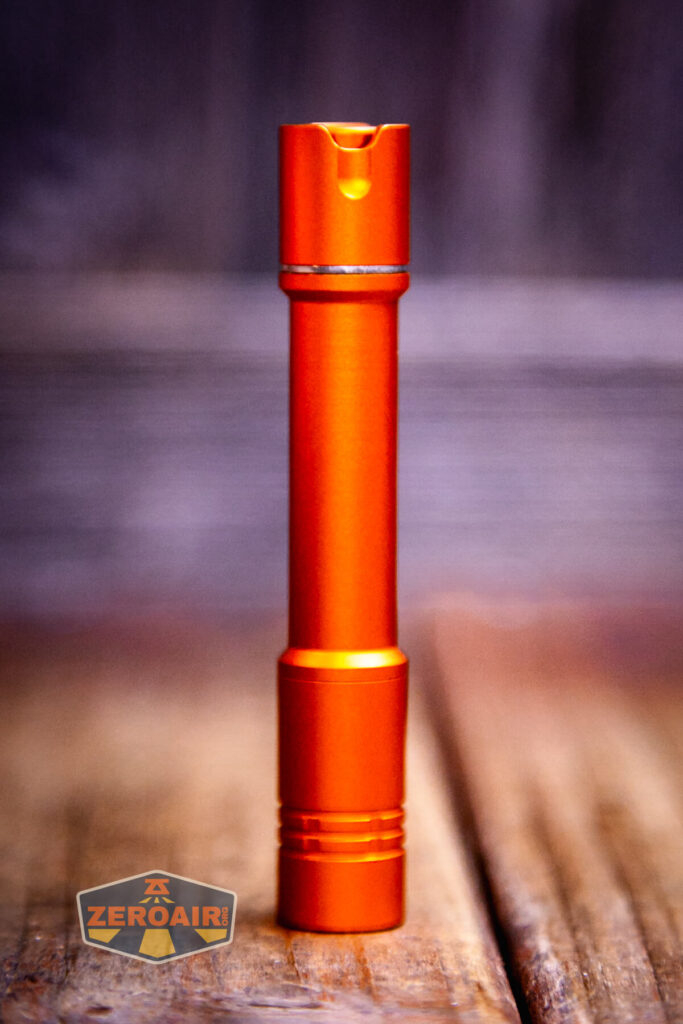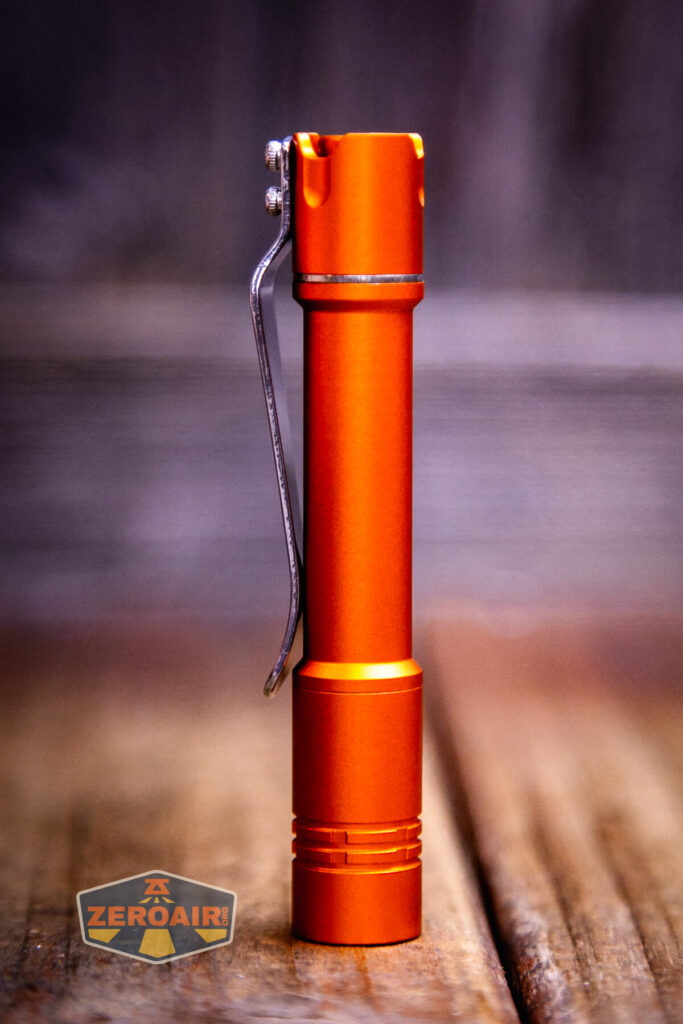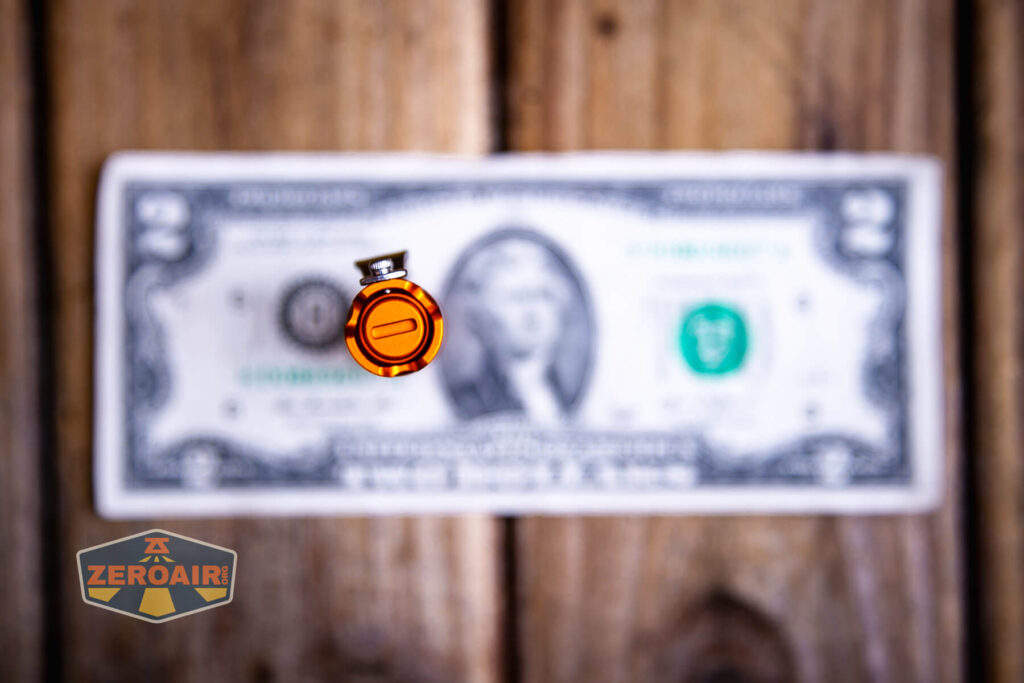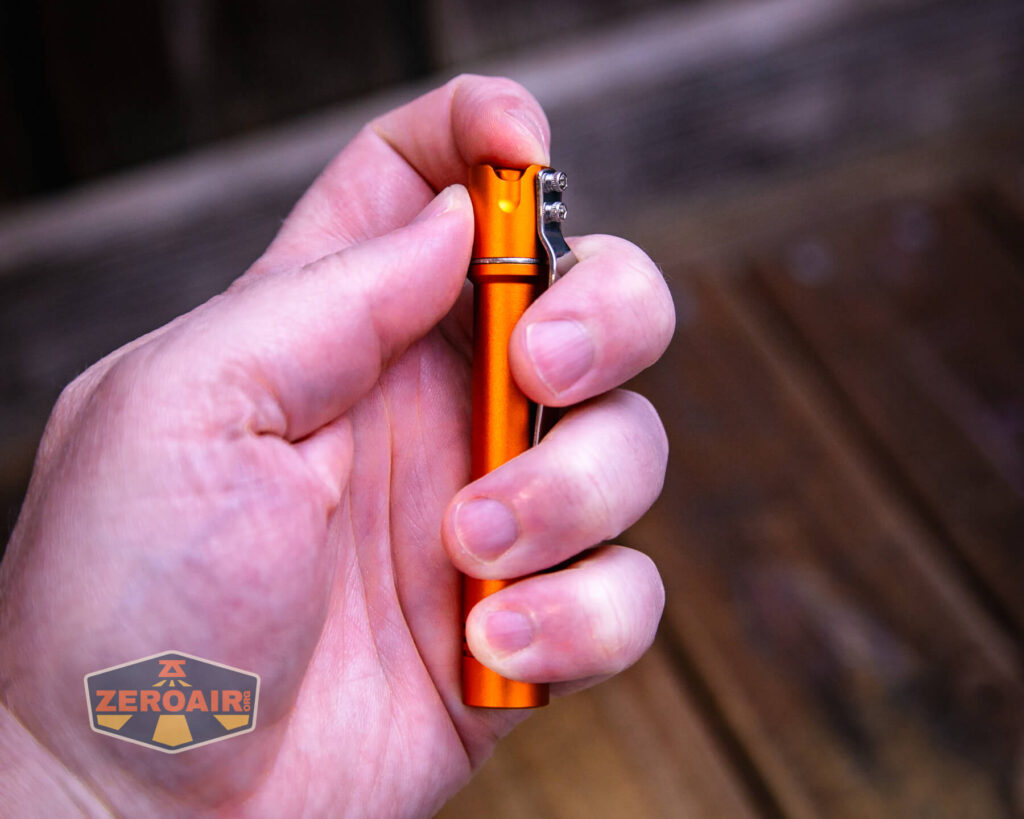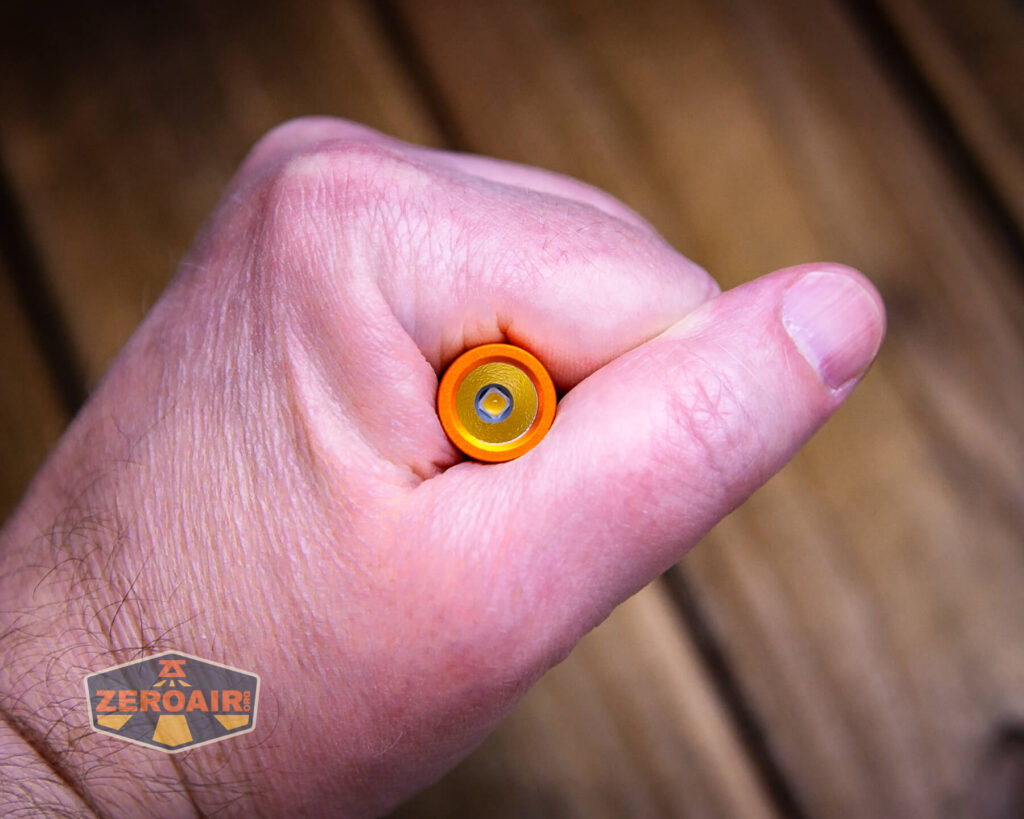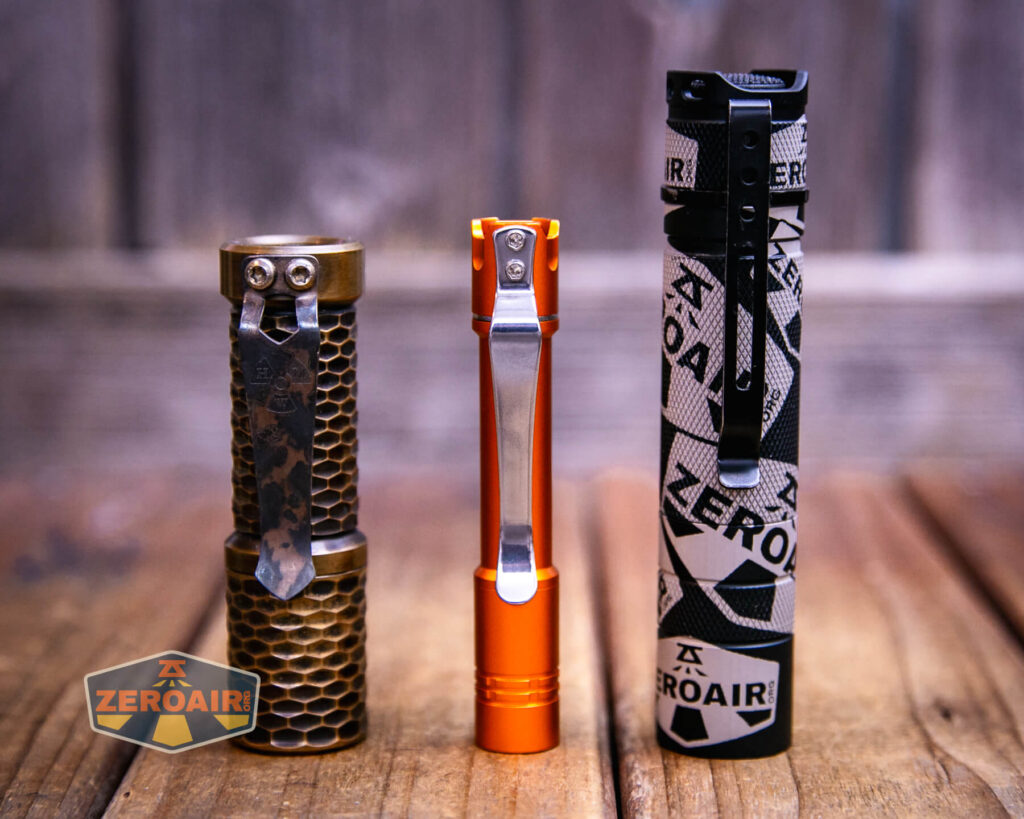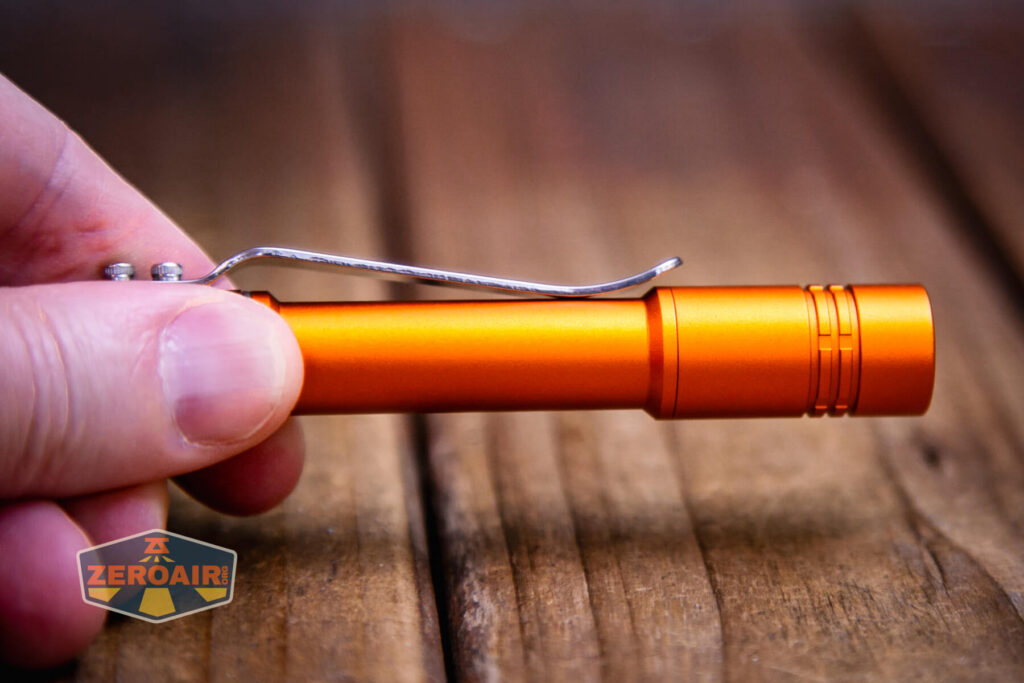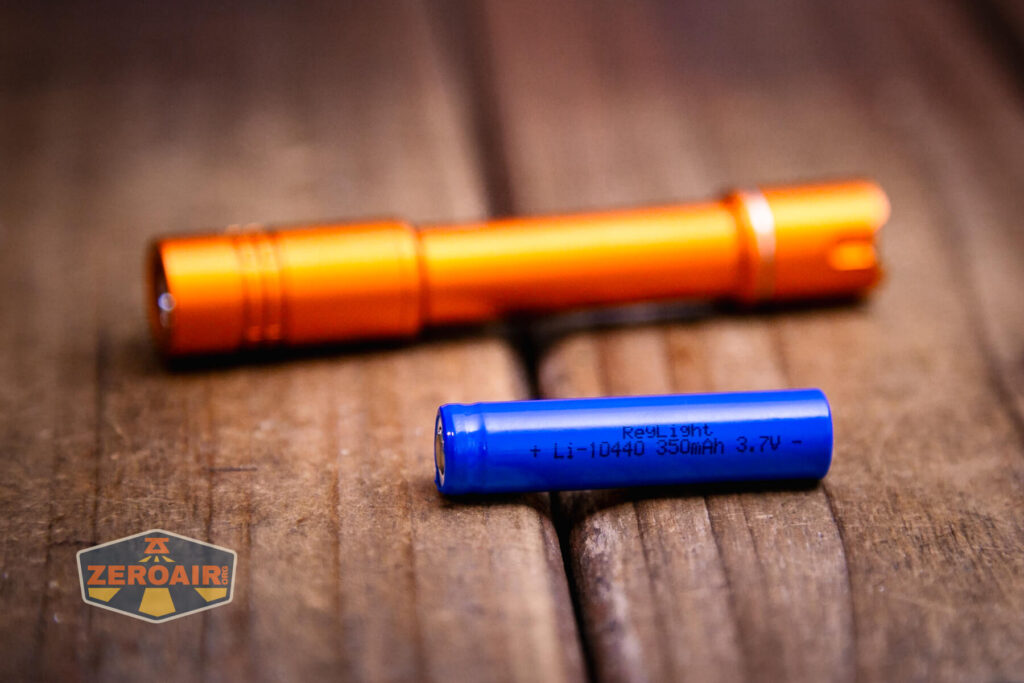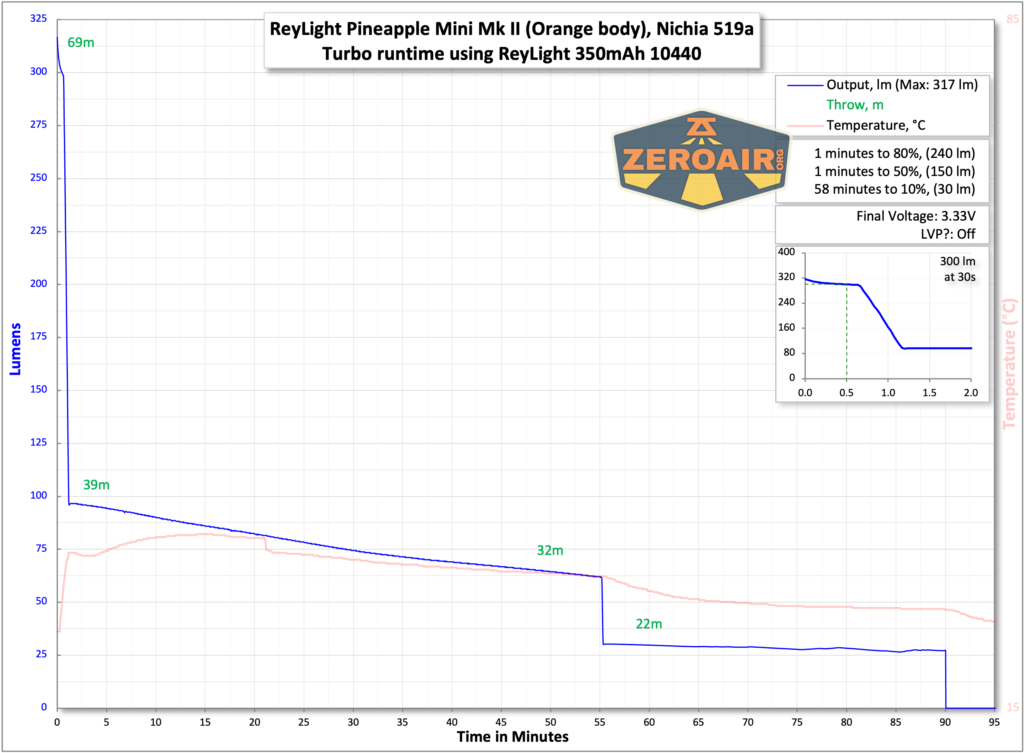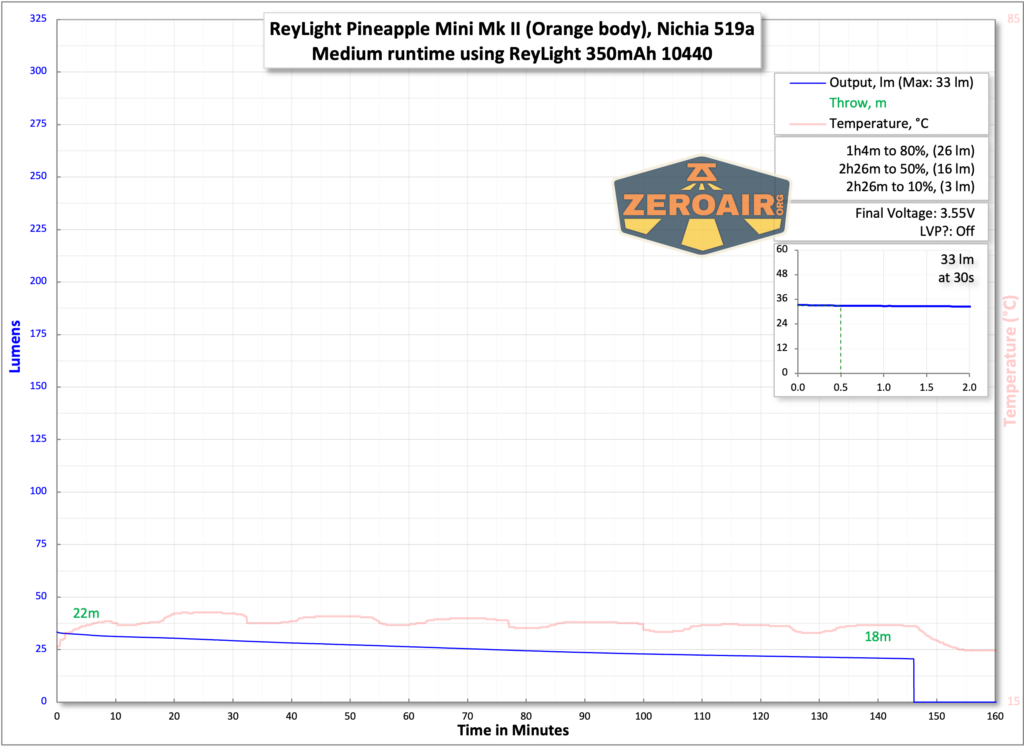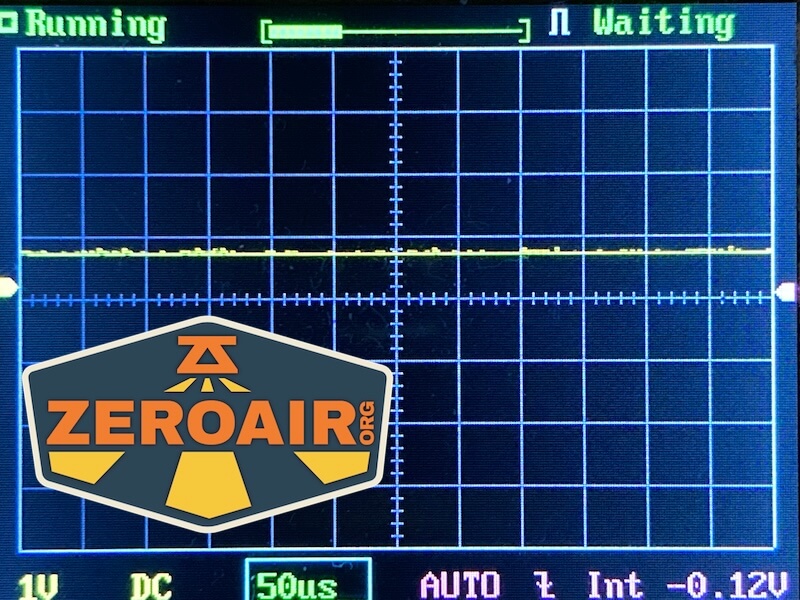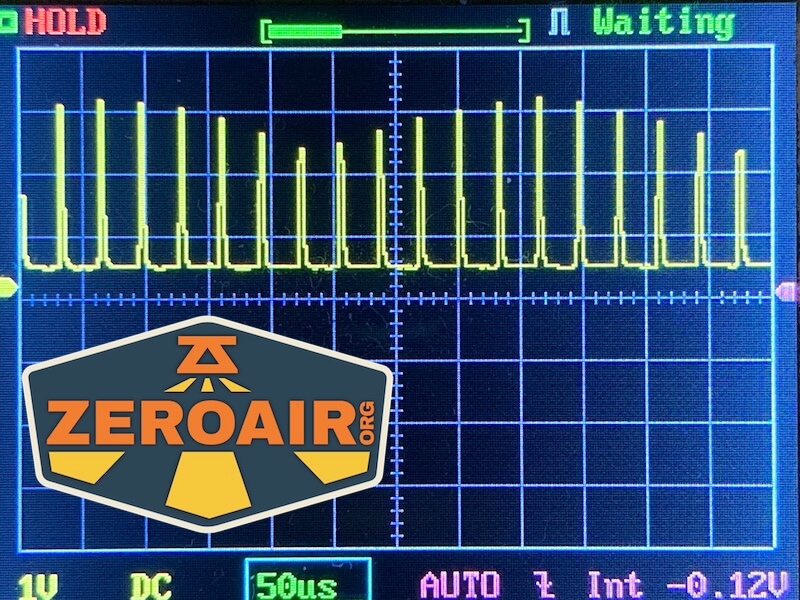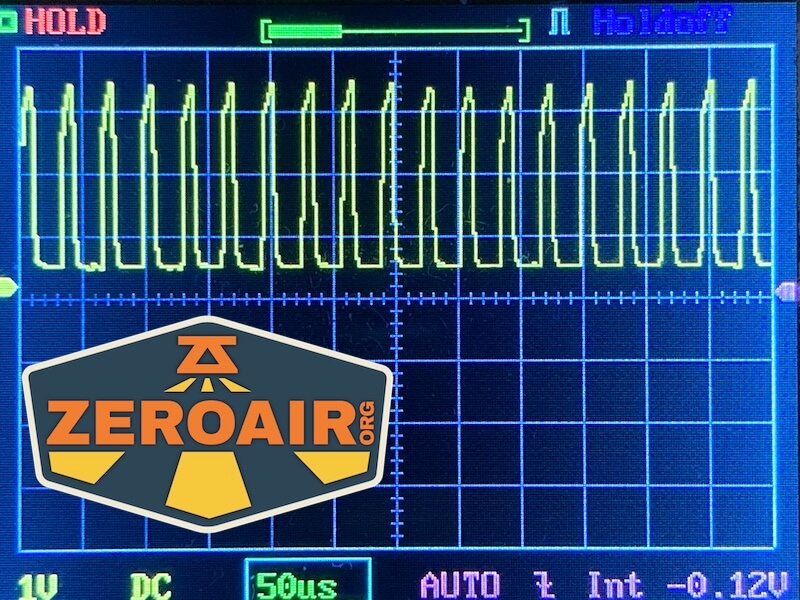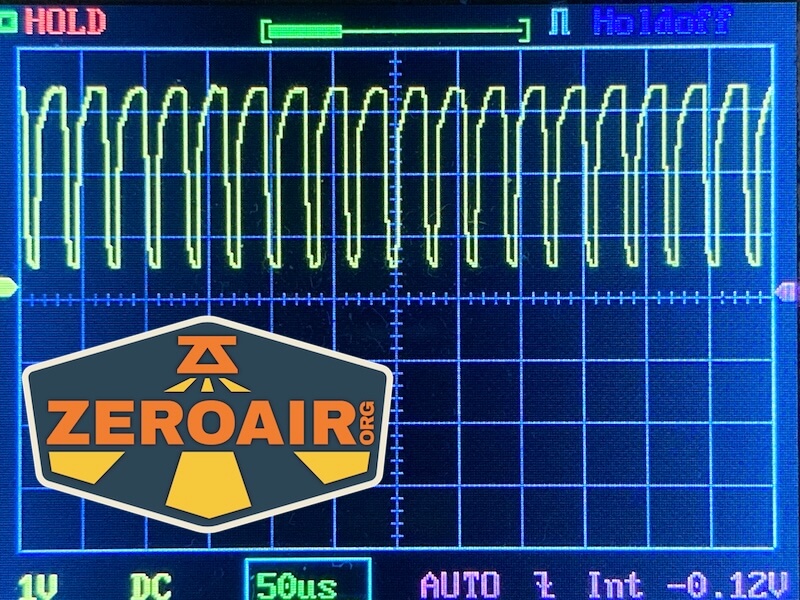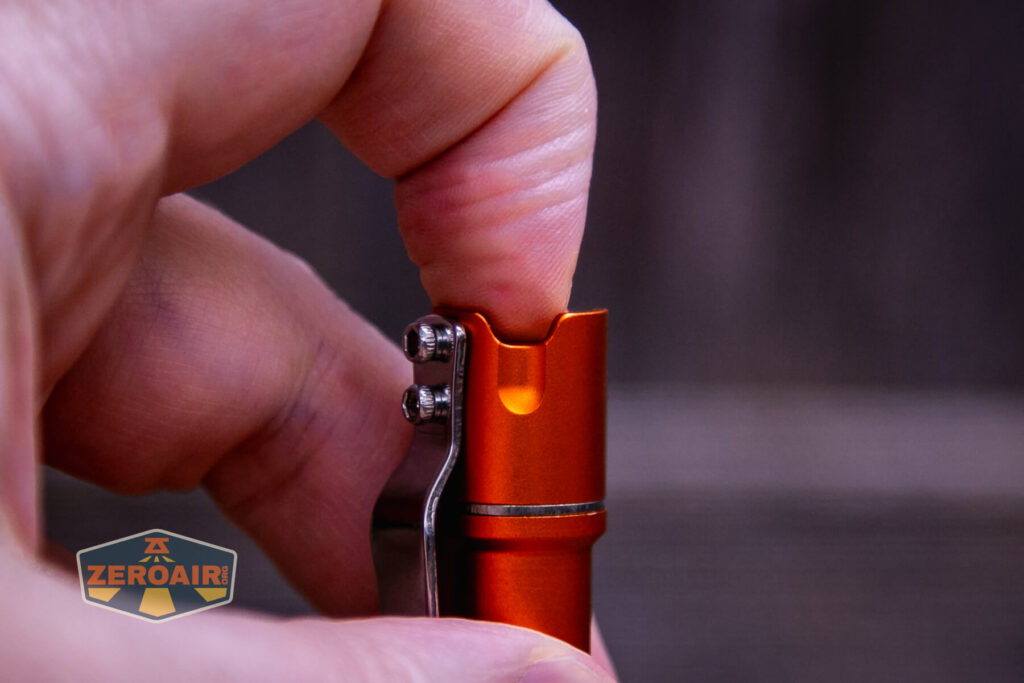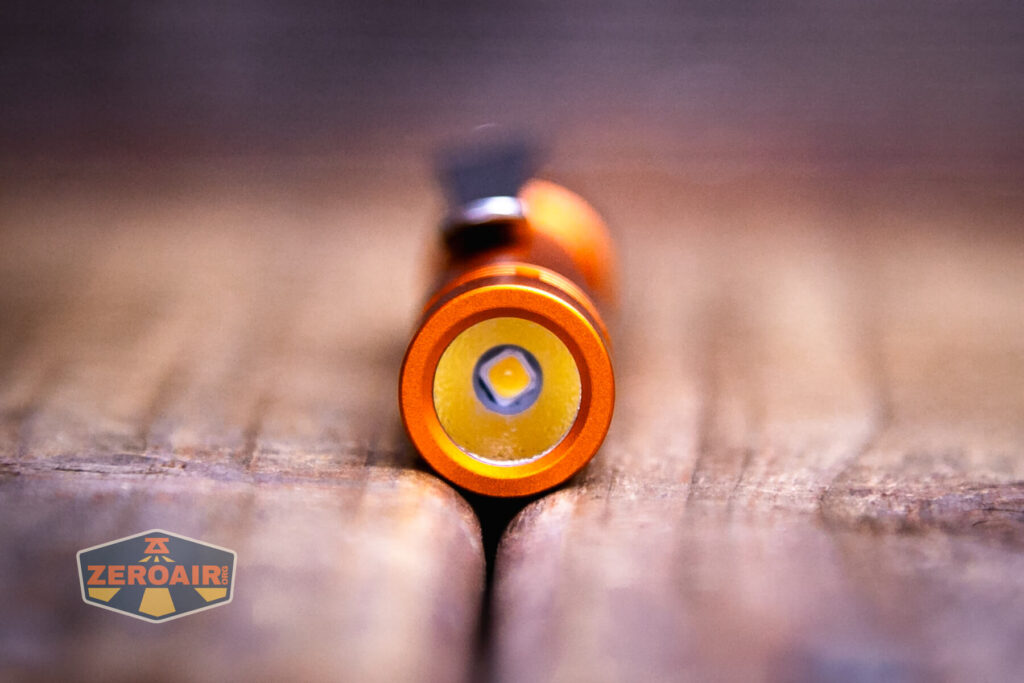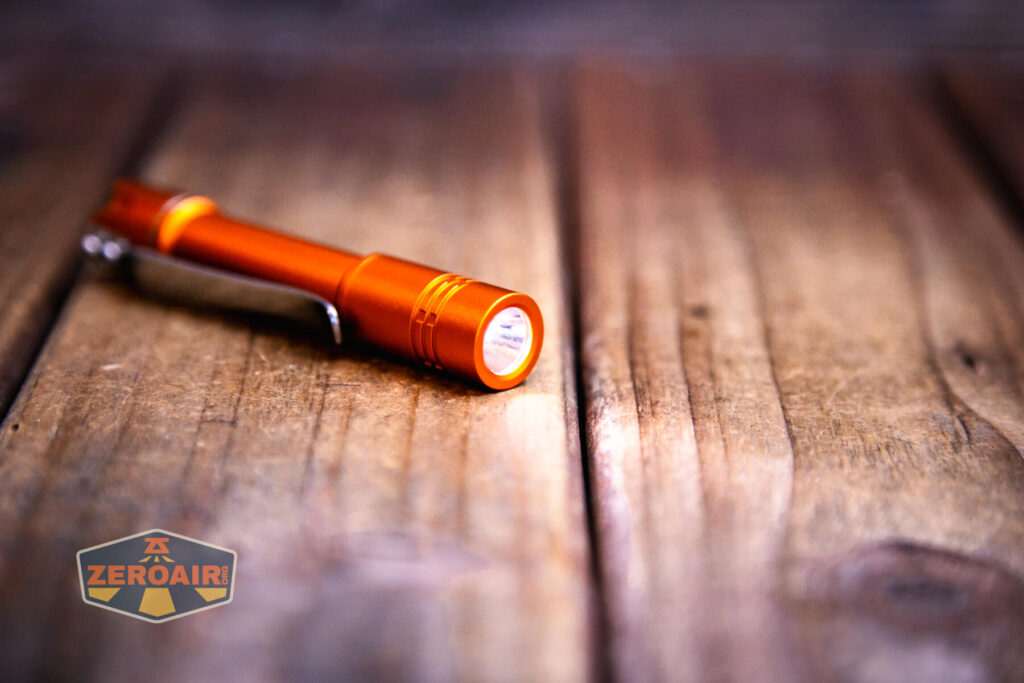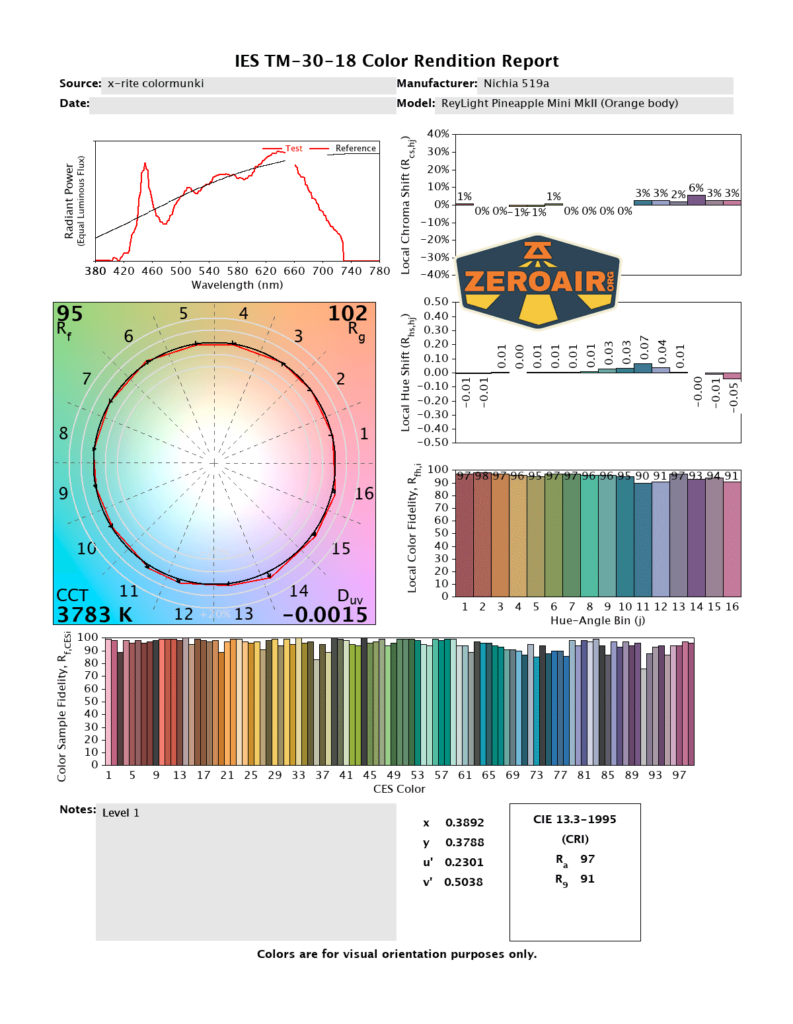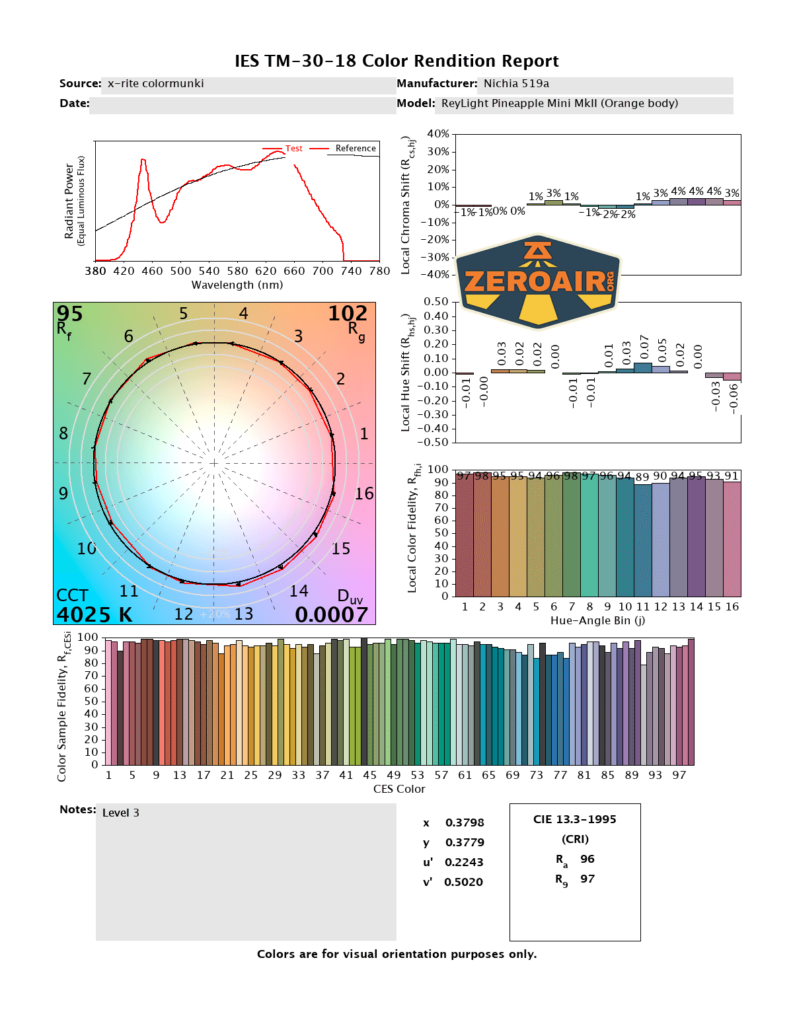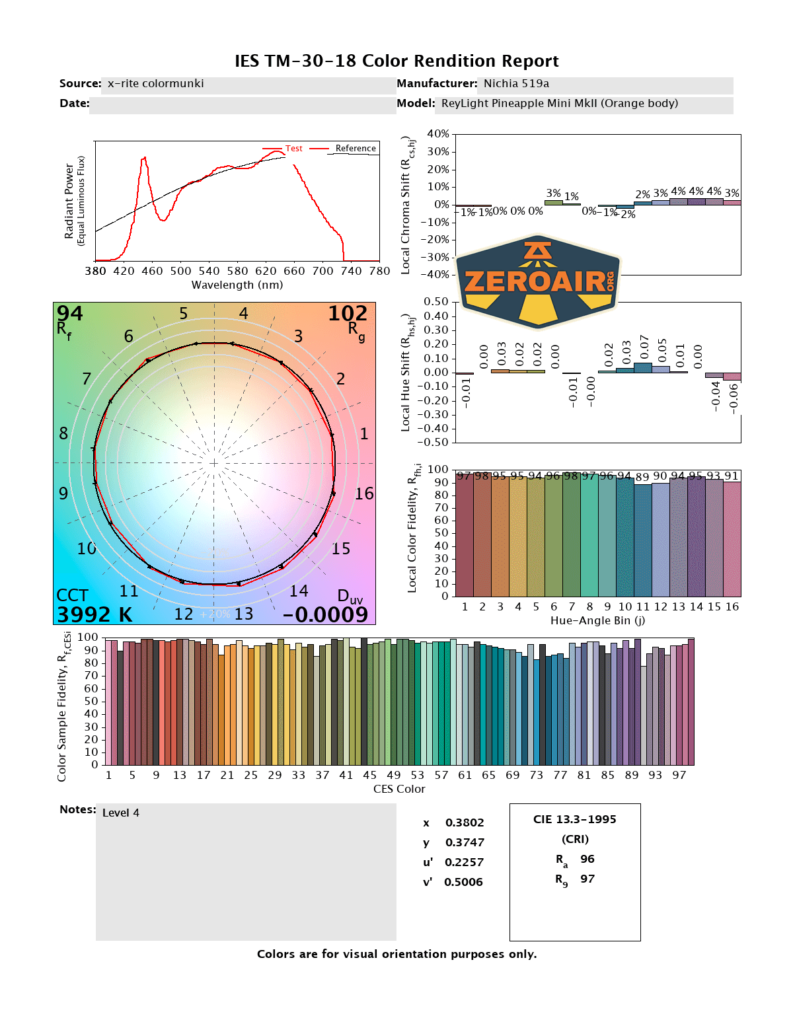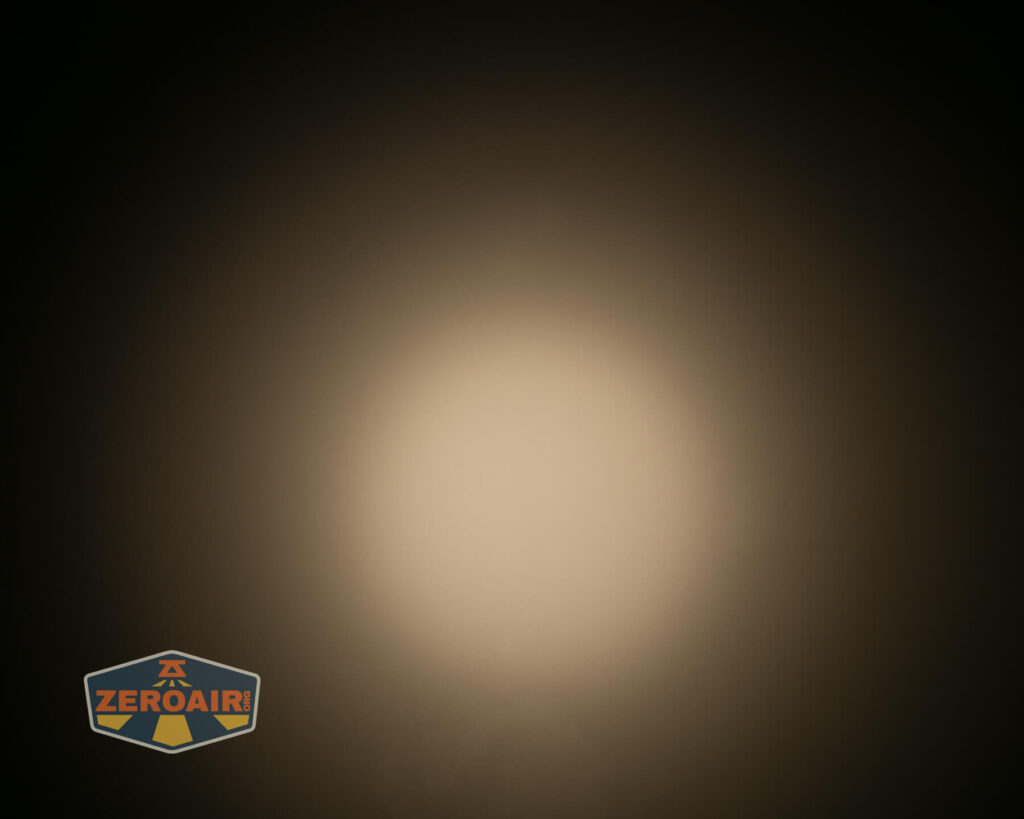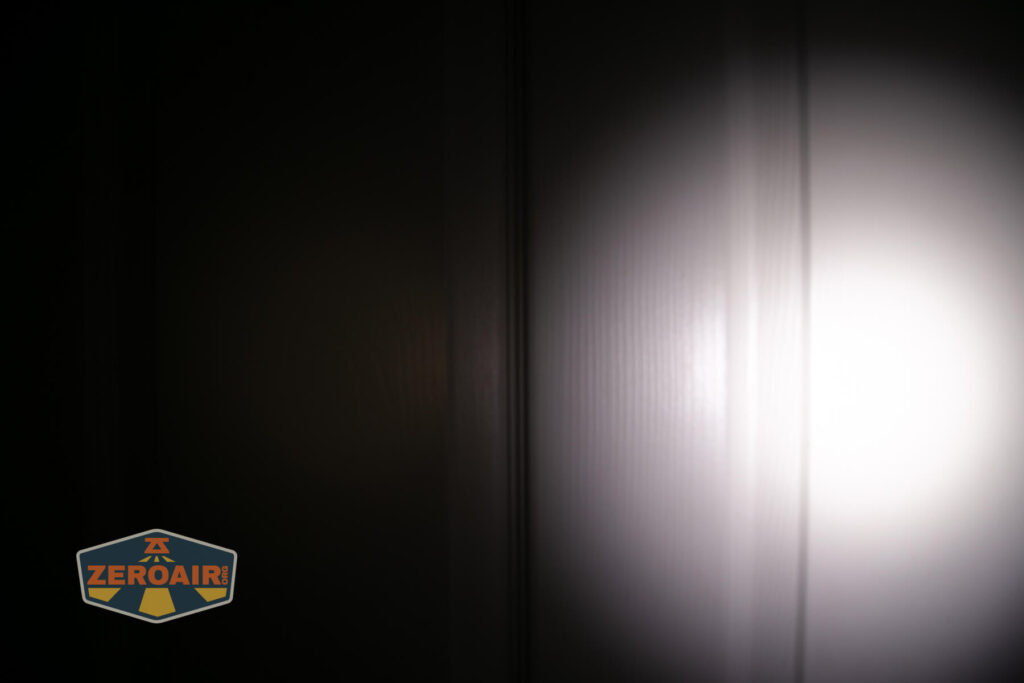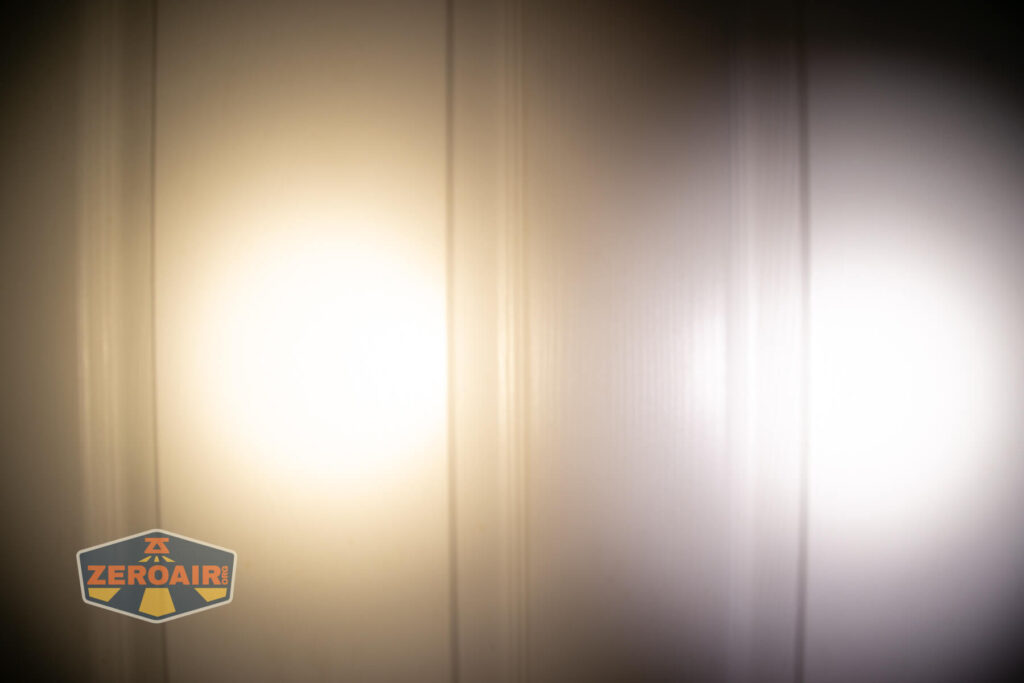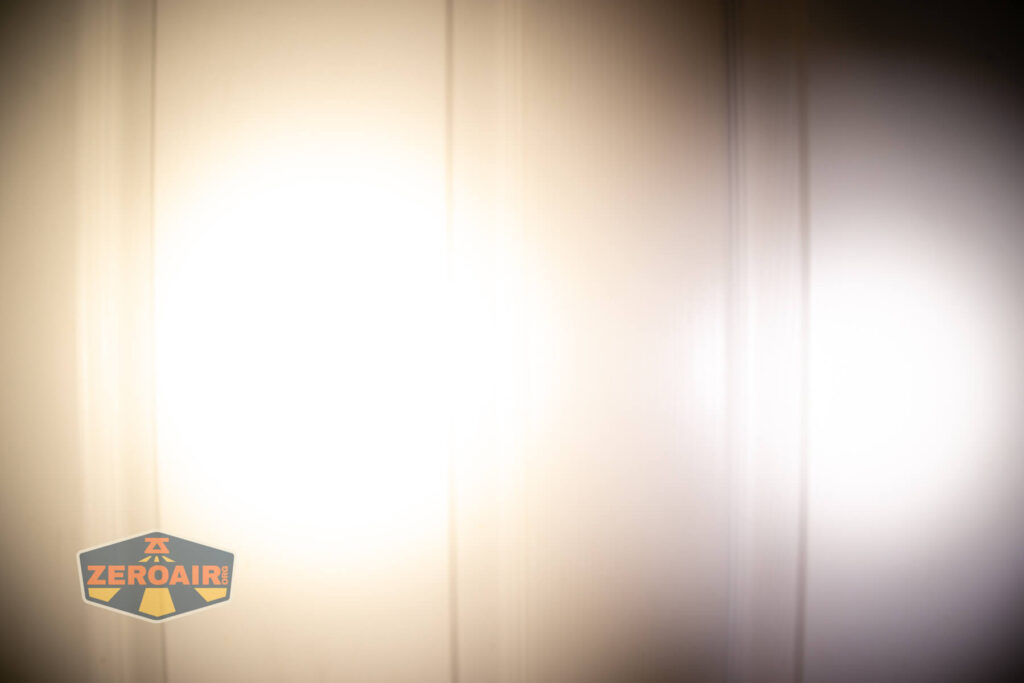ReyLight Pineapple Mini Mk II Flashlight Review
The ReyLight Pineapple Mini Mk II flashlight uses a forward clicky switch and has switch cover options (Ultem, Zirc, etc). It’s a nice upgrade. Also: orange!
Official Specs and Features
Here’s a link to the ReyLight Pineapple Mini Mk II flashlight product page.
Versions
The ReyLight Pineapple Mini Mk II flashlight has a few versions and many iterations (even though this one is just “MkII”). This specific version exists in four colors (Tan, Purple, Blue, and Orange). There are a couple of body styles, but they are specific to colors – frag and plain. I won’t even claim that’s all of the versions, but you get the idea.
Price
The ReyLight Pineapple Mini Mk II flashlight sells for $35.
What’s Included
- ReyLight Pineapple Mini Mk II flashlight
- ReyLight 320mAh 10440 cell
- Spare O-rings (2)
The light comes sealed, though I’m not sure it’s necessary on this anodized aluminum light. Good practice though, maybe.
I did order a couple of other options. Below you can see a zirconium button and an Ultem button.
Package and Manual
There is no manual.
Build Quality and Disassembly
Build quality of the ReyLight Pineapple Mini Mk II flashlight is good. It’s pretty typical of ReyLights, and this one being orange is (of course) great!
The smooth nature of the cell tube here is nice. I’ve liked many of the other options ReyLight has offered, including the Seigaiha pattern.
The tailcap is removable, and technically, you could use the light this way. You’d lose the pocket clip and your threads would be exposed, but the light becomes quite a bit sleeker this way.
The head has a tiny brass button. I believe the driver is screwed in.
Down inside the cell tube is a spring on the switch.
Both head and tail unscrew easily – nothing is locked down. The head and tail threads are not the same sizes, so unlike some other Pineapples I’ve had, the head and tail don’t screw together.
Size and Comps
Officially: 89mm length (including the switch button)
Diameter: 15mm
If the flashlight will headstand, I’ll show it here. If the flashlight will tailstand, I’ll also show that here too!
Here’s the test light with the venerable Convoy S2+. The version below is a custom laser-engraved Convoy S2+ host by GadgetConnections.com. I did a full post on an engraved orange host right here! Or go straight to GadgetConnections.com to buy your Convoy S2+ now!
In the photo above, you may note that the SRM (standard reference material) flashlight for comparison has changed! I used a TorchLAB BOSS 35 for ages. Now what you can see as the 18350 SRM is the Hanko Machine Works Trident. While I have not reviewed or tested the Gunner Grip version seen here, I have tested a Hanko Machine Works Trident Total Tesseract in brass. I love the Trident, and it’s a striking contrast next to the inexpensive Convoy S2+, which also makes a great standard reference material.
Retention and Carry
The ReyLight Pineapple Mini Mk II flashlight ships with a two-screw clip installed.
There’s still a “blank” where the old collar-style clip could go. Which is to say, you could install that style clip if you wanted.
The screw-in clip isn’t an upgrade in security – the collar-style was also very secure. This one is also not deep carry, which is not an improvement. But you do get screw holes, so if you wish to upgrade the clip with something more ornate, it’s likely possible.
Power and Runtime
The ReyLight Pineapple Mini Mk II flashlight surprisingly can run on 1.5V sources, and also 4.2V sources. All the usual AAA types work – alkaline, NiMH, lithium primary. And also the lithium-ion 10440 cell works! Output is different between the voltages, too.
The cell installs in the normal direction – positive end toward the head.
Performance of the MkII version seems about the same as previous versions.
I did not do any testing with an AAA cell – if you wish to see that data, you can checkout this older review.
Modes and Currents
| Mode | Mode Claimed Output (lm) | Claimed Runtime | Measured Lumens | Tailcap Amps |
|---|---|---|---|---|
| 100% (10440) | – | – | 317 (0s) 300 (30s) |
1.53 @4.2V |
| 20% (10440) | – | – | 109 | 0.5 @4.2V |
| 2% (10440) | – | – | 33 | 0.15 @4.2V |
| Moonlight (10440) | – | – | 0.26 | [low] |
Pulse Width Modulation
Many of the modes do use PWM, but in all cases, it’s very fast and unlikely to be visible.
Here you can see a “baseline” – a chart with almost no light hitting the sensor.
Then there’s the Ultrafire WF-602C flashlight, which has some of the worst PWM I’ve seen. It’s so bad that I used a post about it to explain PWM! Here are multiple timescales (10ms, 5ms, 2ms, 1ms, 0.5ms, 0.2ms) to make comparing this “worst” PWM light to the test light easier. That post also explains why I didn’t test the WF-602C at the usual 50us scale.
User Interface and Operation
The switch on the ReyLight Pineapple Mini Mk II flashlight is a mechanical clicky. It’s a forward clicky, which means the modes can not be changed while the light is on.
The switch has a tritium slot.
One of the great things about the new tailcap is that it makes the switch much less proud. It also makes tailstanding much firmer, too.
The user interface actually has some programming features. Mode memory can be turned on or off (default is off, thankfully). There are a bunch of mode options, too.
Here’s a user interface table!
| State | Action | Result |
|---|---|---|
| Off | Tap | Mode advance (LMHT) |
| Off | Click | On (Low, if mode memory is off) |
| On | Click | Off |
| On | Tap | No change |
| Off | Tap 10x (continue holding the button without clicking after 10x) | Enter programming mode ^ |
^ Programming goes like this. Once in programming mode the light will blink once, then blink very quickly (strobe-ish), then blink twice then blink very quickly (strobe-ish), and so on, up to five blinks. In order to program a certain feature, click during the “strobe-ish” section after the blink. Each of these blinks represents a programming option, as follows:
First blink: Program the mode groups. Only this option has sub-options. In this option, the light will blink slowly 4x. The mode groups are as follows:
1 blink: (ML)-2%-20%-100%
2nd blink: (ML)-10%-40%-100%
3rd blink: (ML)-2%-10%-50%
4th blink: (ML)-50%-100%-strobe-SOS
To accept any of those four mode groups of your choice, click after the appropriate blink. So if you want the third option, wait for the light to blink 3x, and tap the switch. You’ve programmed the third mode group. The light will run the 4x blink cycle twice and then exit programming.
Second blink: Toggle mode memory. Off is the default.
Third blink: Toggle moonlight mode. On is the default.
Fourth blink: Toggle mode order. Default is ascending. Can be toggled to descending.
Fifth blink: Reset to factory settings.
LED and Beam
This ReyLight Pineapple Mini Mk II flashlight uses a Nichia 519a.
There’s a glow glasket in the head – it’s very glowy, too!
LED Color Report (CRI and CCT)
CRI is well over 90 and CCT is in the 4000K range. Duv is slightly negative too, which really just make this about the perfect emitter.
Beamshots
These beamshots always have the following settings: f8, ISO100, 0.3s shutter, and manual 5000K exposure. These photos are taken at floor level, and the beam hits the ceiling around 9 feet away.
Tint vs BLF-348 (KillzoneFlashlights.com 219b version) (affiliate link)
I keep the test flashlight on the left and the BLF-348 reference flashlight on the right. These photos are taken around 18 inches from the door.
I compare everything to the KillzoneFlashlights.com 219b BLF-348 because it’s inexpensive and has the best tint!
Summary and Conclusion
Sure, I’ve tested other ReyLight Pineapple Mini flashlights. Still I wanted this orange version (obviously) and here we are! I have it, might as well test it. I like forward clicky switches and reverse clicky switches too, so the difference here isn’t necessarily good or bad for me. Performance is still as good as before and I like the switch cover options (which do not fit old versions!) Regardless of whether this is a good upgrade or not, it’s still a great light, and for $35 it’s hard to go wrong!
The Big Table
| Reylight Pineapple Mini Mk II | |
|---|---|
| Emitter: | Nichia 519a (r9080, 4000K) |
| Price in USD at publication time: | $35.00 |
| Cell: | 1×10440 |
| Runtime Graphs | |
| LVP? | Yes |
| Switch Type: | Mechanical |
| On-Board Charging? | No |
| Claimed Lumens (lm) | – |
| Measured Lumens (at 30s) | 300 |
| Candela per Lumen | 3.94 |
| Claimed Throw (m) | – |
| Candela (Calculated) in cd (at 30s) | 58lux @ 4.672m = 1266cd |
| Throw (Calculated) (m) | 71.2 |
| Claimed CCT | 4000 |
| Measured CCT Range (K) | 3800-4000 Kelvin |
| Item provided for review by: | Me |
| All my Reylight reviews! | |
^ Measurement disclaimer: Testing flashlights is my hobby. I use hobbyist-level equipment for testing, including some I made myself. Try not to get buried in the details of manufacturer specifications versus measurements recorded here; A certain amount of difference (say, 10 or 15%) is perfectly reasonable.
What I like
- Nichia 519a!
- 4000K!
- High CRI!
- Orange nodizing
- Programming options – mode groups, memory or not, etc.
- Supports both 1.5V and 4.2V cylindrical AAA-sized cells.
What I don’t like
- Sometimes clicking through the modes too fast makes them seem out of order (this may be an unstated shortcut)
Notes
- This content originally appeared at zeroair.org. Please visit there for the best experience!
- For flashlight-related patches, stickers, and gear, head over to PhotonPhreaks.com!
- Please use my amazon.com referral link to help support zeroair.org!
- Please support me on Patreon! I deeply appreciate your support!
